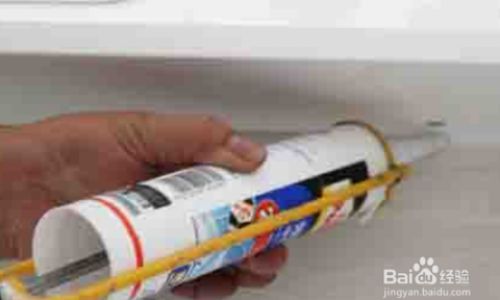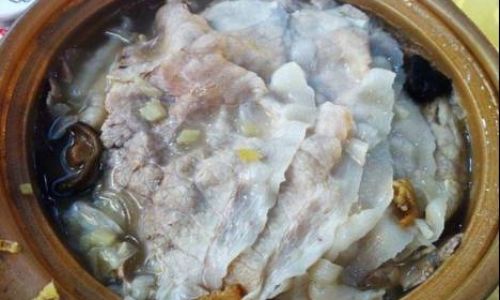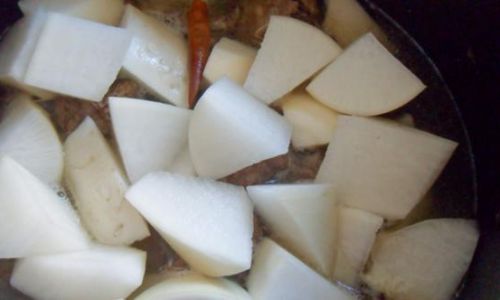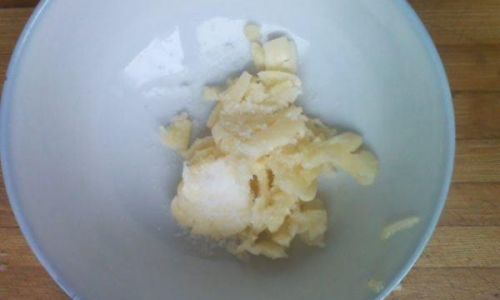Table of content
Introduction
Glass surfaces, whether on windows, mirrors, or tabletops, often fall victim to unsightly glue residues left behind by adhesive tapes, stickers, or improperly applied sealants. Glass glue, a common household nuisance, can be particularly stubborn to remove due to its strong bonding properties. If not addressed promptly, these residues can harden, discolor, or even damage the glass over time. This article provides a detailed, step-by-step guide to safely and effectively eliminating glass glue from glass surfaces using readily available household items, commercial cleaners, and specialized tools. By understanding the chemistry behind adhesives and employing the right techniques, you can restore your glass to its original clarity without scratches or residue.
Understanding Glass Glue and Its Challenges
Glass glue, typically a silicone-based or acrylic adhesive, is designed to create a durable, waterproof bond. Its composition makes it resistant to water and solvents, which is why it adheres so effectively but also complicates removal. When exposed to air, the glue cures into a rubbery or hardened state, embedding itself into the glass’s porous surface. Attempting to scrape it off without proper preparation often leads to scratches or smears, worsening the problem.
Method 1: Household Remedies for Fresh or Minor Residues
For recently applied glue or light residues, everyday household items can be surprisingly effective. These methods are budget-friendly and minimize exposure to harsh chemicals.

1 White Vinegar Solution
White vinegar, a mild acid, works by breaking down the adhesive bonds in glue.
- Steps:
- Soak a soft cloth or paper towel in undiluted white vinegar.
- Press the cloth onto the glue residue, ensuring full contact.
- Let it sit for 10–15 minutes to allow the vinegar to penetrate.
- Gently wipe the area in circular motions. For stubborn spots, use a plastic scraper or an old credit card to lift the softened glue.
- Rinse with warm water and dry with a microfiber cloth.
2 Rubbing Alcohol or Acetone
Isopropyl alcohol (70% or higher) or acetone (found in nail polish removers) dissolves adhesives rapidly.
- Steps:
- Apply a small amount to a cotton ball or cloth.
- Dab the glue spot until saturated. Avoid over-saturating to prevent liquid from seeping into glass edges (risking damage to frames or seals).
- Wait 2–3 minutes, then scrub lightly with a non-abrasive sponge.
- Wipe clean with a damp cloth.
Caution: Acetone may damage certain glass coatings (e.g., anti-glare or tinted surfaces). Test on an inconspicuous area first.
3 Baking Soda Paste
A mild abrasive, baking soda can lift residue without scratching glass.
- Steps:
- Mix baking soda with water to form a thick paste.
- Apply the paste to the glue and let it sit for 5 minutes.
- Use a damp cloth to rub in circular motions. For tough spots, add a drop of dish soap to the paste.
- Rinse thoroughly and dry.
Method 2: Commercial Adhesive Removers
For hardened or extensive glue deposits, commercial products offer targeted solutions.
1 Goo Gone or Citrus-Based Cleaners
These solvents contain citrus oils (e.g., d-limonene) that dissolve adhesives through enzymatic action.
- Steps:
- Apply the cleaner directly to the glue.
- Let it soak for 5–10 minutes.
- Use a plastic scraper to lift the softened glue.
- Wipe clean with a damp cloth.
Tip: Citrus cleaners are safer for delicate surfaces but may require multiple applications for old glue.
2 WD-40
WD-40, a penetrating oil, lubricates and loosens adhesive bonds.
- Steps:
- Spray WD-40 onto the glue, ensuring full coverage.
- Wait 3–5 minutes.
- Wipe with a cloth. For persistent residue, repeat or combine with a scraper.
Warning: WD-40 is flammable and may leave an oily residue; clean thoroughly afterward.
Method 3: Mechanical Removal Techniques
For thick, aged glue layers, physical removal tools are necessary.

1 Razor Blade Scraper
A sharp razor blade (with a holder) is ideal for flat glass surfaces.
- Steps:
- Hold the blade at a 30–45° angle to avoid gouging the glass.
- Gently scrape the glue, applying minimal pressure.
- Wipe debris frequently with a damp cloth.
- After removal, clean the area with glass cleaner to eliminate residue.
Safety Note: Never use a bare blade—always use a holder. Wear gloves to prevent cuts.
2 Heat Gun or Hair Dryer
Heat softens glue, making it pliable.
- Steps:
- Set a heat gun to low (or use a hair dryer on high).
- Apply heat 6 inches from the glass for 30–60 seconds.
- Peel the softened glue with a plastic scraper.
- Repeat as needed.
Caution: Overheating glass can cause cracks. Avoid prolonged exposure.
Method 4: Specialized Tools for Delicate Surfaces
For textured or coated glass (e.g., frosted, tempered, or Low-E glass), use gentle tools.
1 Magic Eraser or Melamine Sponge
The micro-abrasive texture lifts residue without scratching.
- Steps:
- Dampen the sponge.
- Rub the glue lightly in circular motions.
- Rinse and repeat until clean.
2 Glass-Safe Scrapers
Plastic or rubber scrapers (e.g., a putty knife with a rounded edge) minimize scratch risks.
- Steps:
- Apply gentle pressure while scraping.
- Follow up with a glass cleaner.
Preventing Future Glue Mishaps
- Preparation: Clean the glass thoroughly before applying glue to remove oils or dust.
- Masking: Use painter’s tape to protect surrounding areas.
- Controlled Application: Apply glue sparingly to minimize spillage.
- Immediate Cleanup: Wipe excess glue with a damp cloth before it dries.
Common Mistakes to Avoid
- Using Metal Scrapers on Coated Glass: Risks permanent scratches.
- Abrasive Cleaners: Avoid products like Comet or steel wool, which dull glass.
- Over-Scrubbing: Aggressive scrubbing can etch glass.
Conclusion
Removing glass glue from glass surfaces requires patience, the right tools, and an understanding of adhesive chemistry. Start with mild household solutions for fresh residues, escalating to commercial cleaners or mechanical methods for stubborn cases. Always prioritize safety by wearing gloves, ensuring ventilation, and testing products on hidden areas. By following these guidelines, you can maintain pristine, glue-free glass surfaces while preserving their integrity and appearance. Whether tackling a minor smudge or a years-old buildup, the key lies in methodical application and avoiding shortcuts that may cause irreversible damage.






0 comments